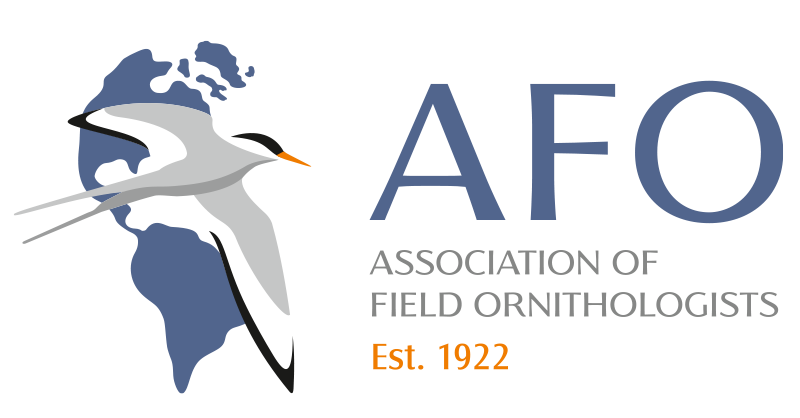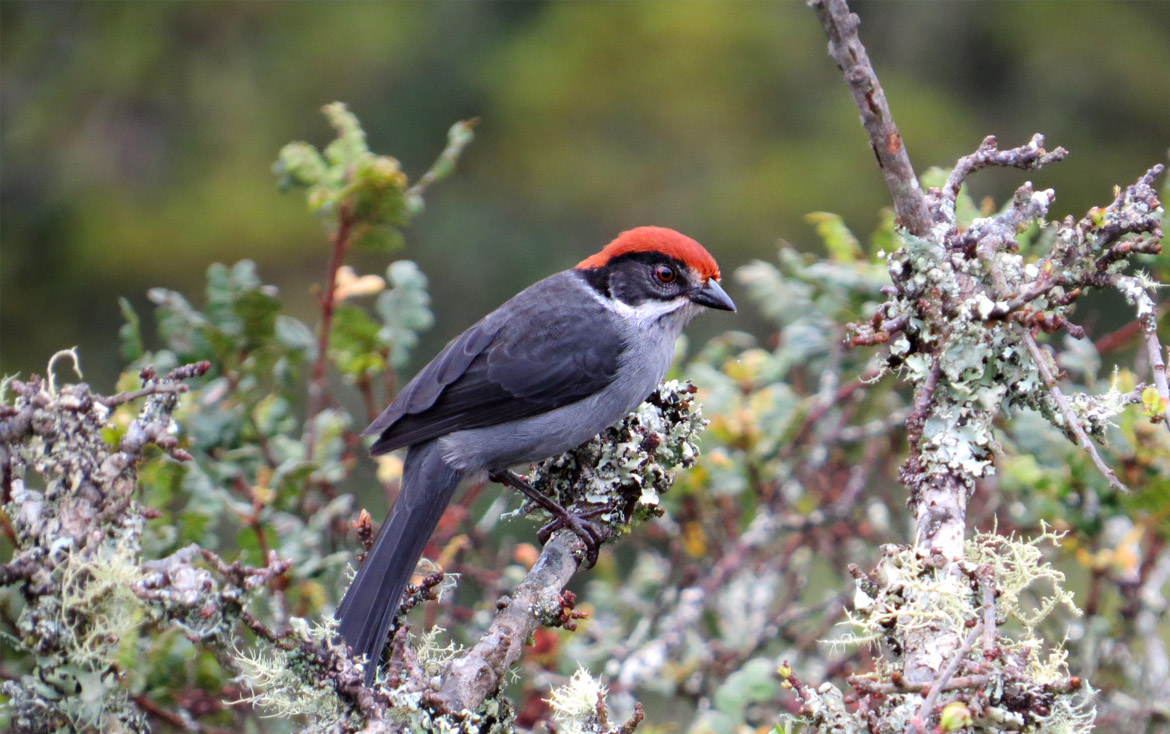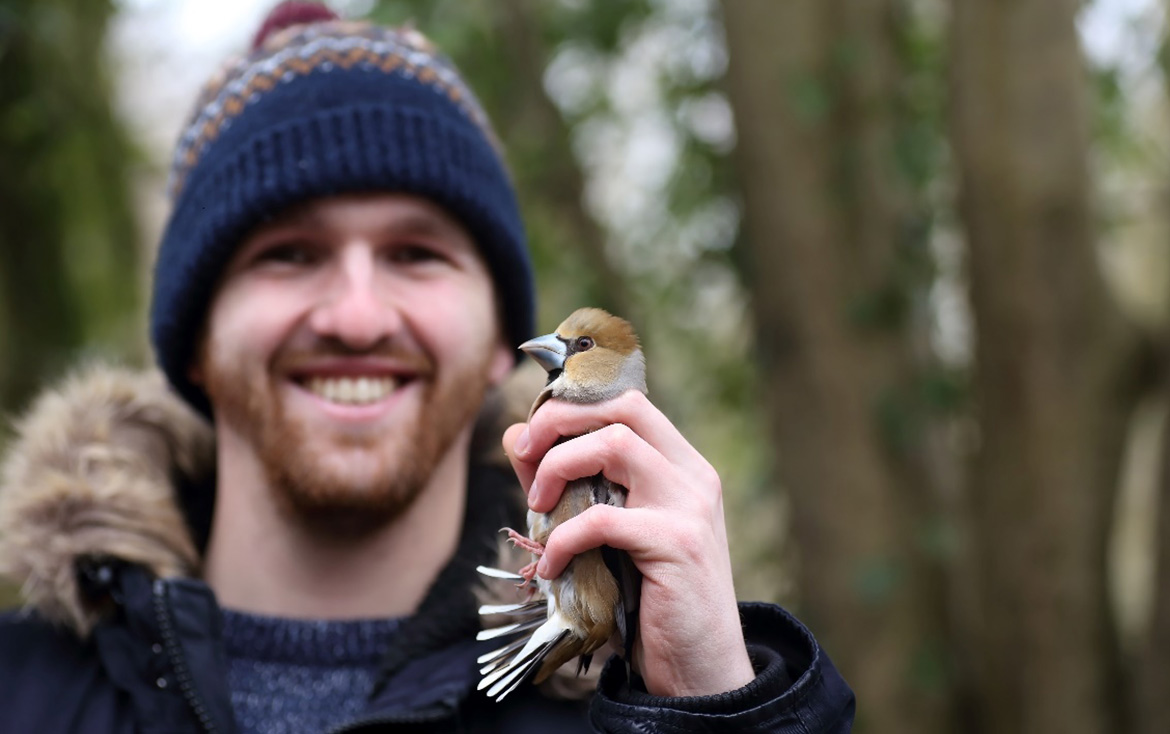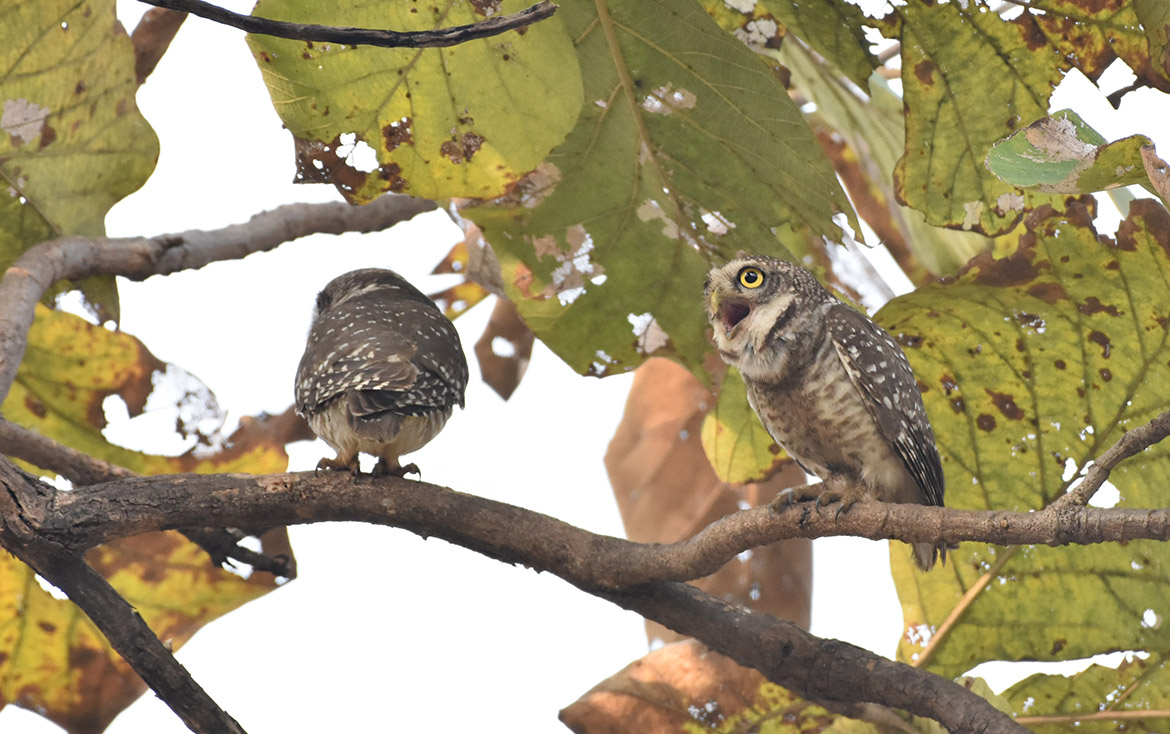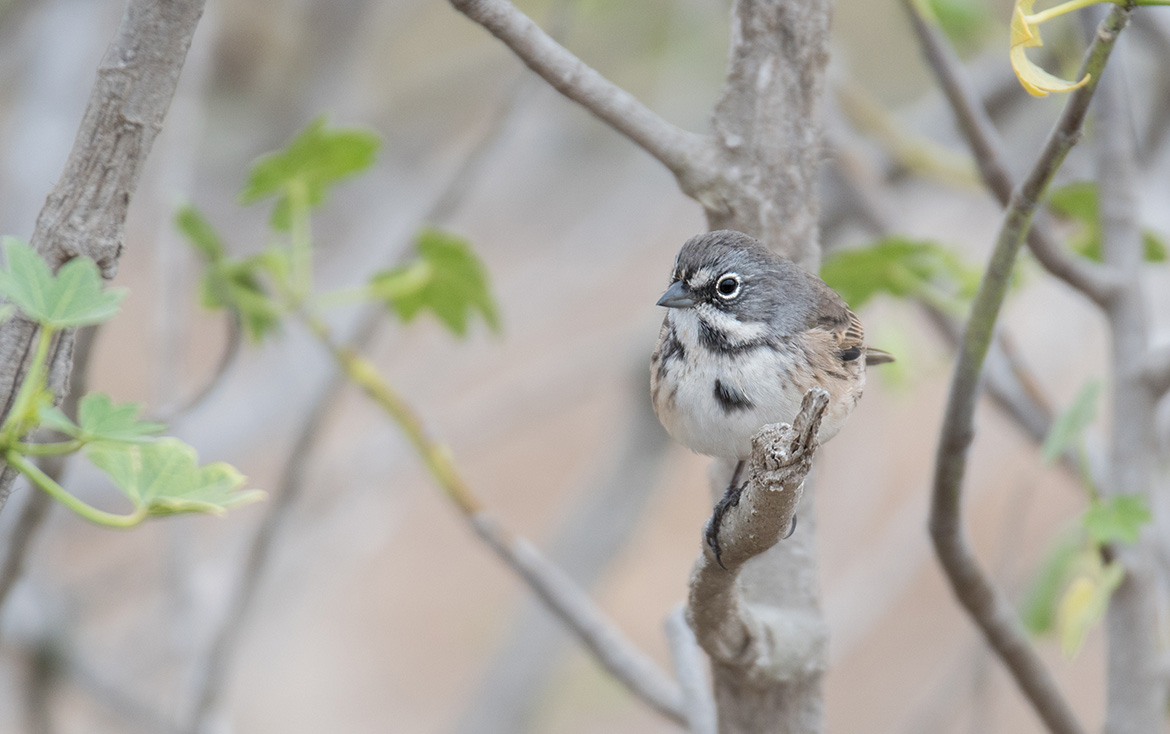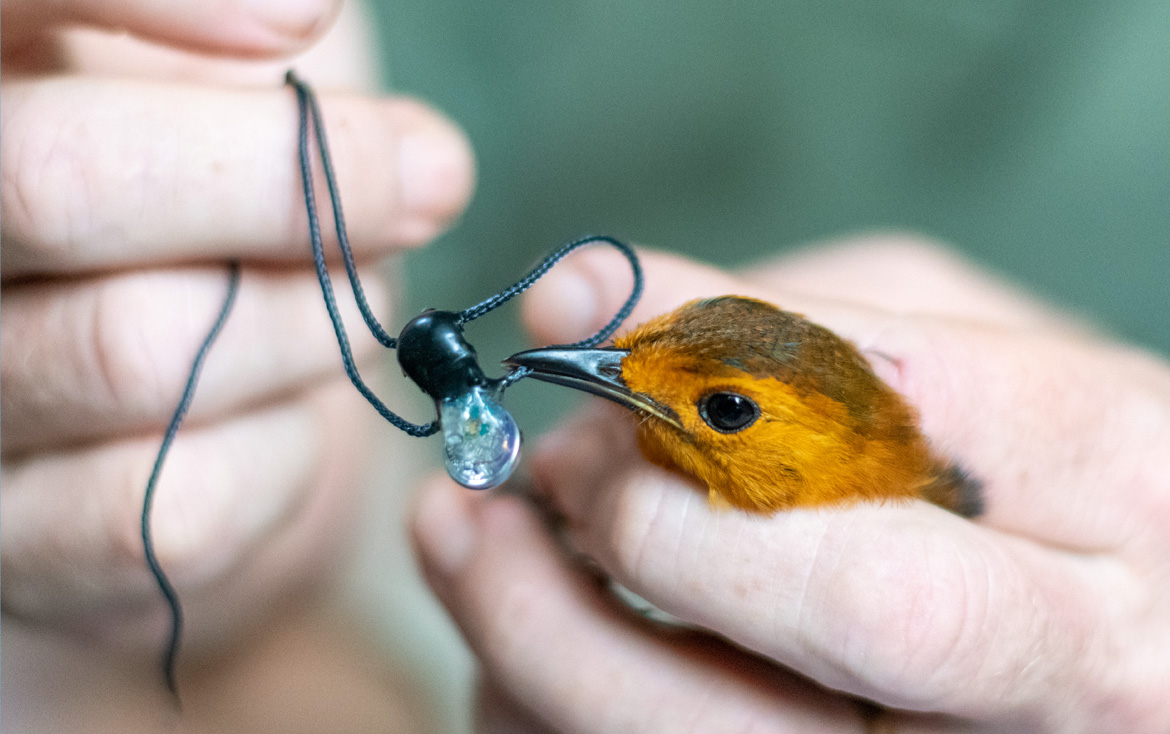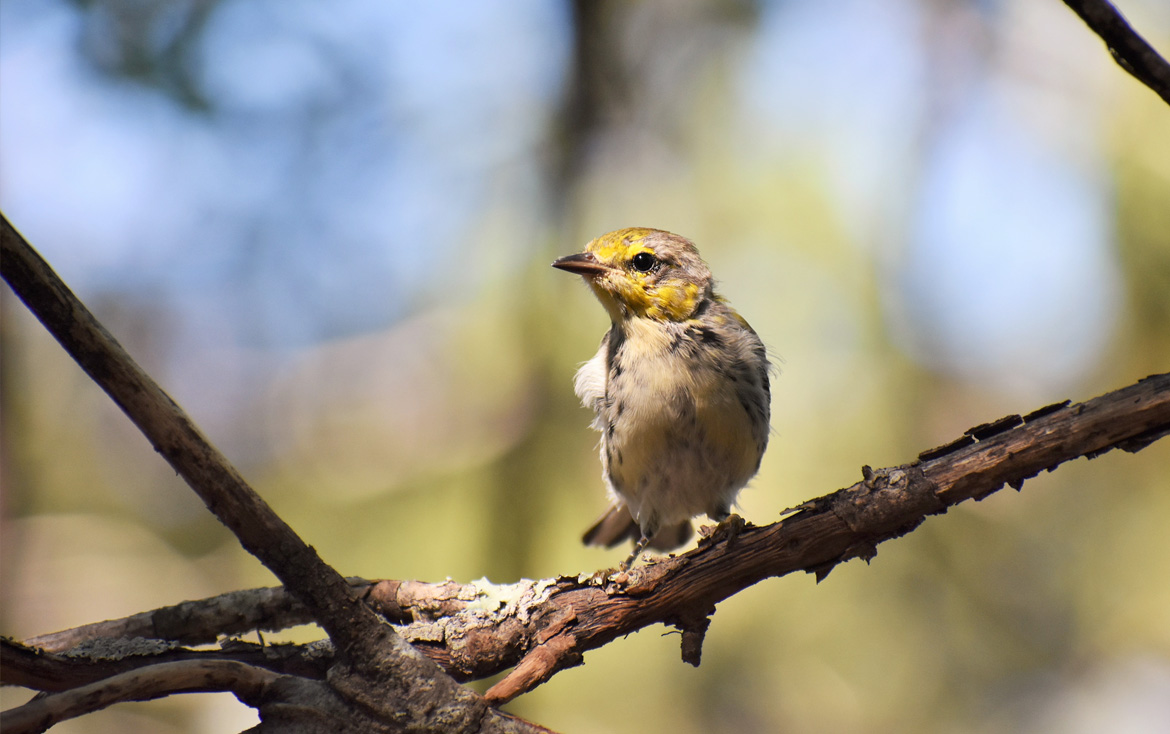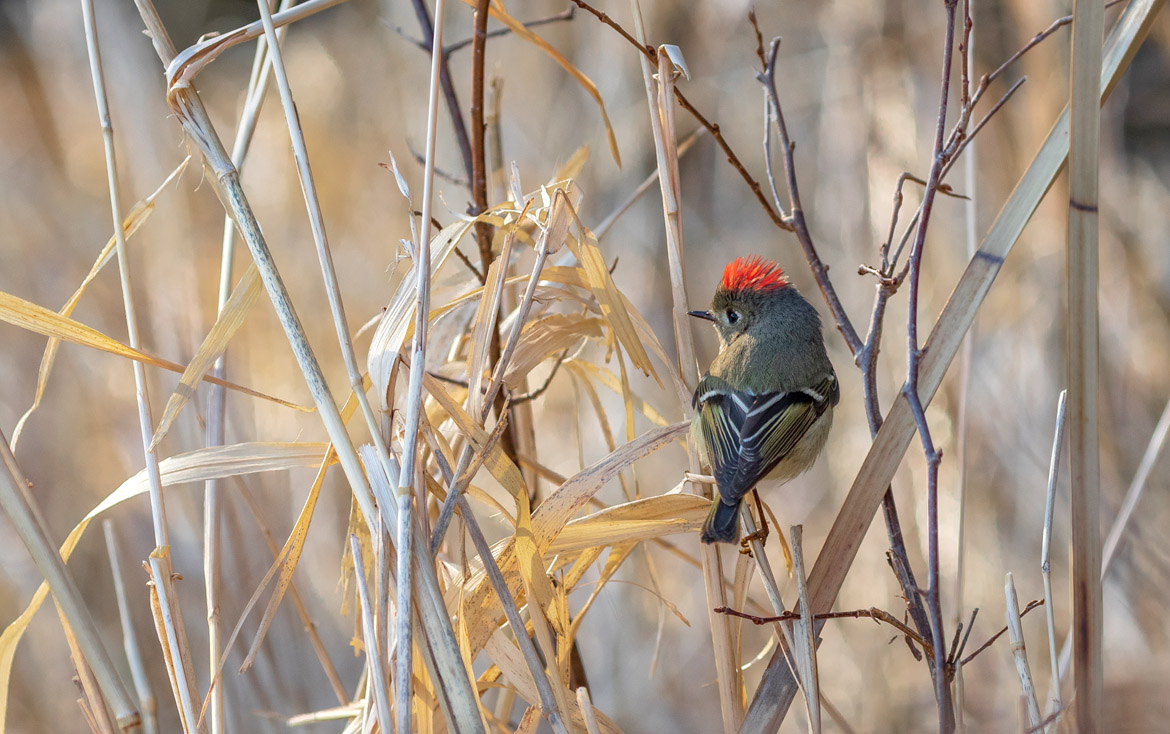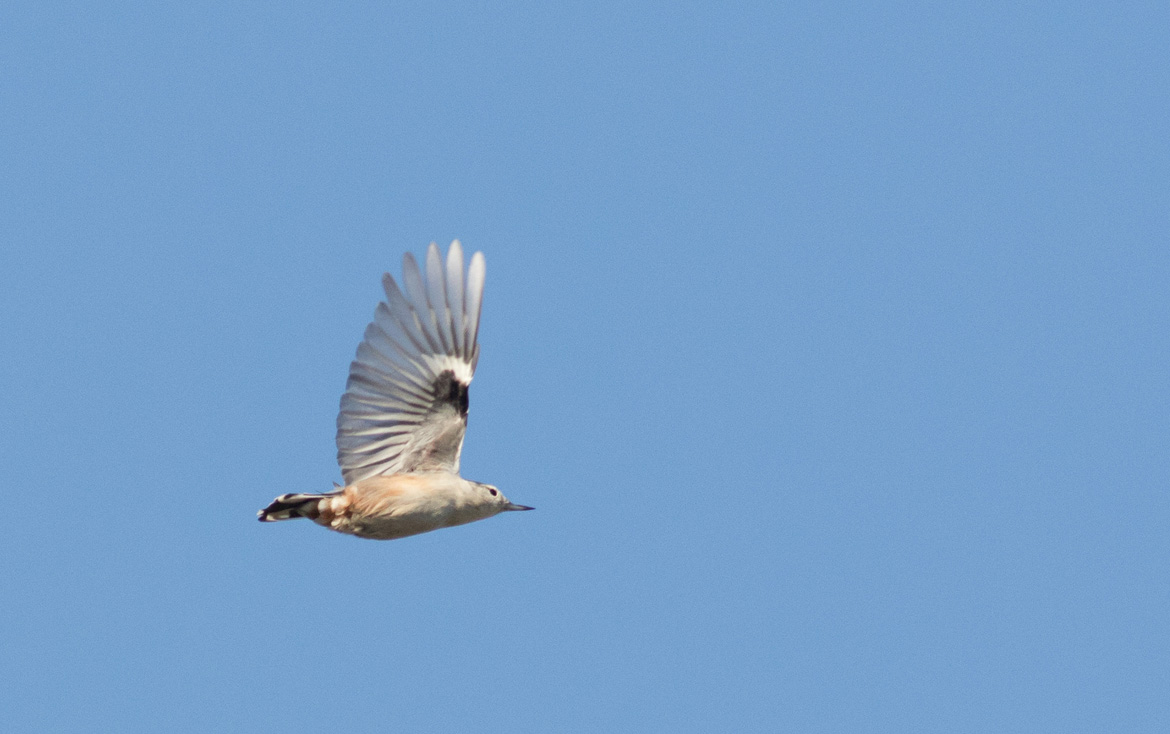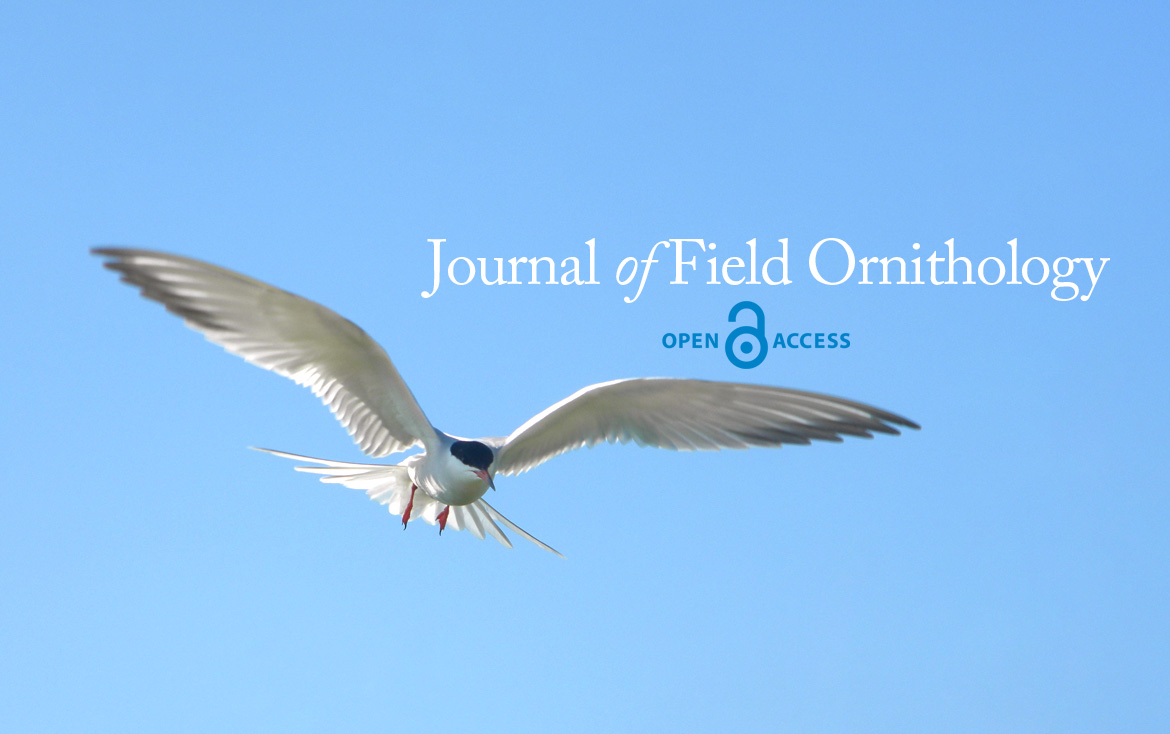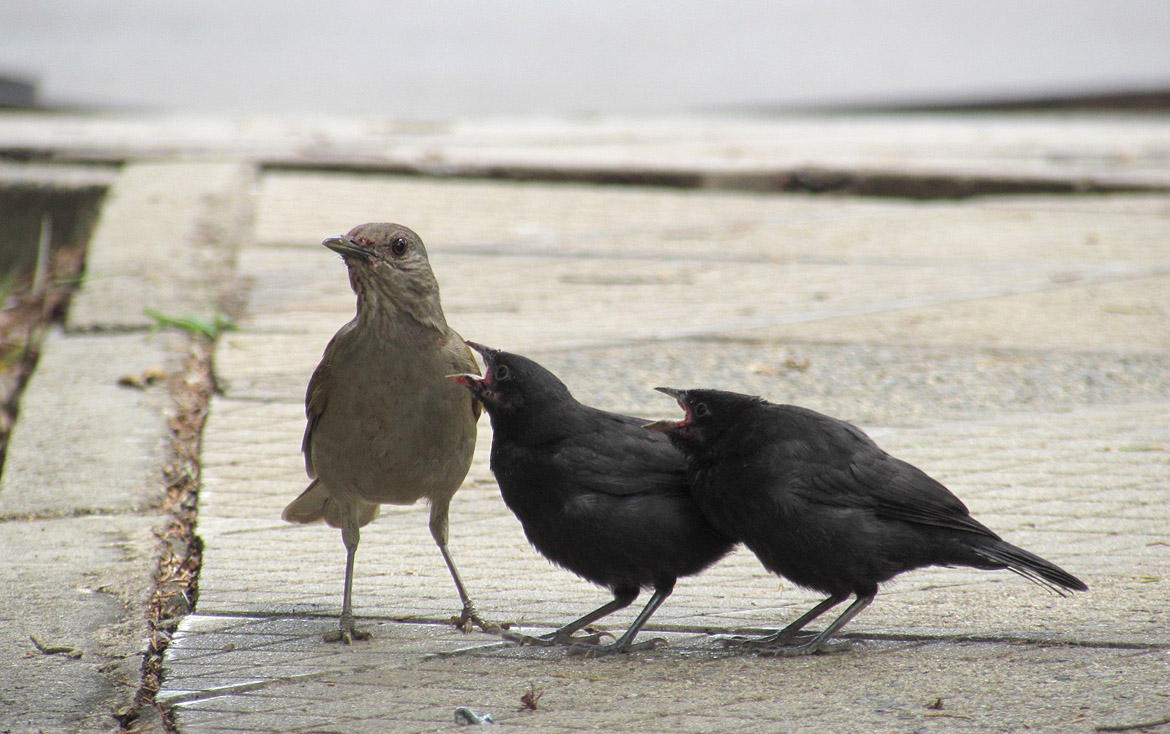Category: Journal of Field Ornithology
Guest feature | What’s on the menu? Exploring diet across two European Hawfinch populations
Understanding the diet of a species can help us see how they interact within the ecosystem in which they live. Having knowledge of what an organism is eating can tell us a lot about the survival, reproduction success, and overall fitness of that organism. Focusing on birds more specifically, having a high level of knowledge […] Read MoreGuest feature | When small is big – Habitat requirements of three Owlet species and their conservation in Central India
Imagine discovering an Owl so small that it was called an Owlet which later became extinct for over a century! That’s precisely what happened with the Forest Owlet, a small owl species found in Central India. In 1872, a specimen was collected by F. R. Blewitt and subsequently described by Hume in 1873. However, the […] Read MoreGuest feature | Video nest monitoring to aid recovery of island birds
The conservation of birds on oceanic islands is particularly challenging. These species may have inherently small population sizes, inhabit limited ranges, and be vulnerable to changes in the predator community. As explorers and settlers inevitably arrived, they altered habitats and introduced new predatory species. These changes led to drastic reductions, and occasional extinctions, in island […] Read MoreGuest feature | How ringing data can help improve geolocator studies
Thanks to their light weight, multi-sensor geolocators are ideally suited to study the migration patterns of smaller birds. Indeed, while GPS trackers provide accurate data, their cost is prohibitive and their weight still restricts their use to larger birds (100grams and above). Read MoreGuest feature | Post-fledging ecology of endangered Golden-cheeked Warblers
Ever since I was a child I’ve had a passion for wildlife conservation, especially endangered species. It was almost too good to be true, then, when I started my thesis work on an endangered avian species that was endemic to Texas, the Golden-cheeked Warbler. The University of Illinois provided this research connection in collaboration with the Fort Hood Military Installation, which holds one of the largest Golden-cheeked Warbler populations... Read MoreGuest feature | Song dialects of the Ruby-crowned Kinglet
Many bird species, like humans, have distinct regional dialects. A New Yorker may refer to a midday meal as “lunch”, but in the south that meal is “dinner”. Likewise, the song of a Common Yellowthroat in the east may sound very different from one in the west... Read MoreGuest feature | Cryptic migration in a common feeder bird shows it’s a great era for avian natural history
With all of the incredible revelations in ornithology during the 21st century, it’s easy for a young birder who wants to “discover new things about birds” to feel like they’re late to the scene. But upon getting deeper into field ornithology, it becomes readily apparent how much basic life history of North American birds remains […] Read MoreJournal of Field Ornithology | The process of developing JFO into an Open Access journal
The new relationship between AFO and Resilience Alliance comes after a two year process to find a new publisher for the Journal of Field Ornithology. The publications landscape has changed considerably in the last decade with a number of intersecting trends. Academic libraries are reducing their publications budgets and increasingly seeking to purchase bundles and not individual subscriptions... Read MoreGuest feature | Consequences and the strategy behind nest reuse in a Neotropical thrush
Have you ever seen a bird building its nest? The complex architecture of such structures is intriguing and lovely per se, but it is impossible not consider the hundreds, if not thousands, of trips carrying nesting material. A finished nest results from several days of parental effort aiming at providing adequate microclimate and protection to their offspring. It seems logical that all that energy... Read More- 2 of 3
- « Previous
- 1
- 2
- 3
- Next »
